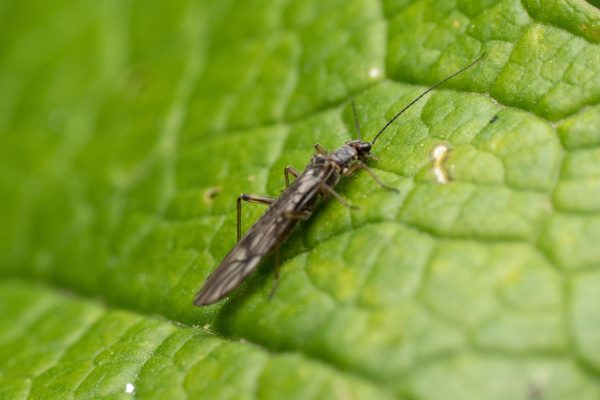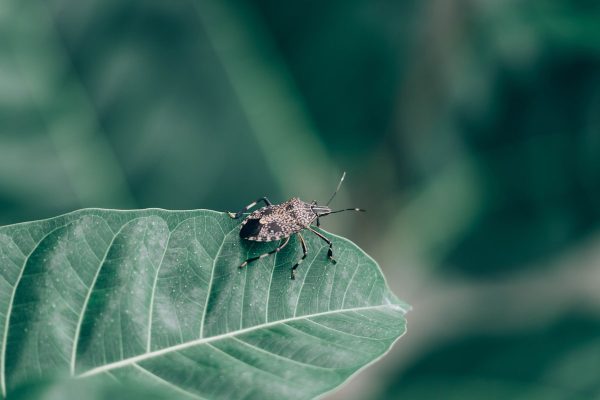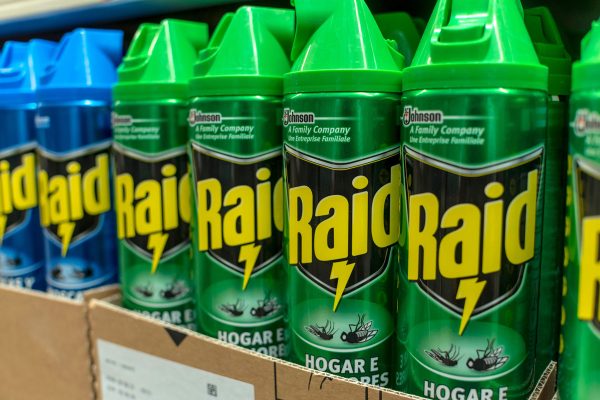Taking care of your garden is difficult, primarily if so many pests or insects might occur and damage your precious plants. Using Sevin dust can help you immensely. But do you know how long it will last? We asked some garden experts regarding that matter, and we'll share with you what we have gathered.
The effectiveness of Sevin dust will last for up to three months after the first application. However, keep in mind that if you let the Sevin dust come into contact with any liquid or moisture, its effect will weaken, or it might not work at all.
Sevin dust is not just an ordinary pesticide. If you plan to use this, cfyou should be aware of everything about it, especially the possible risks it poses. You will find in this post the things you should and should not do to ensure your and your family's safety while using the dust. Please read on to know every detail. Enjoy reading!
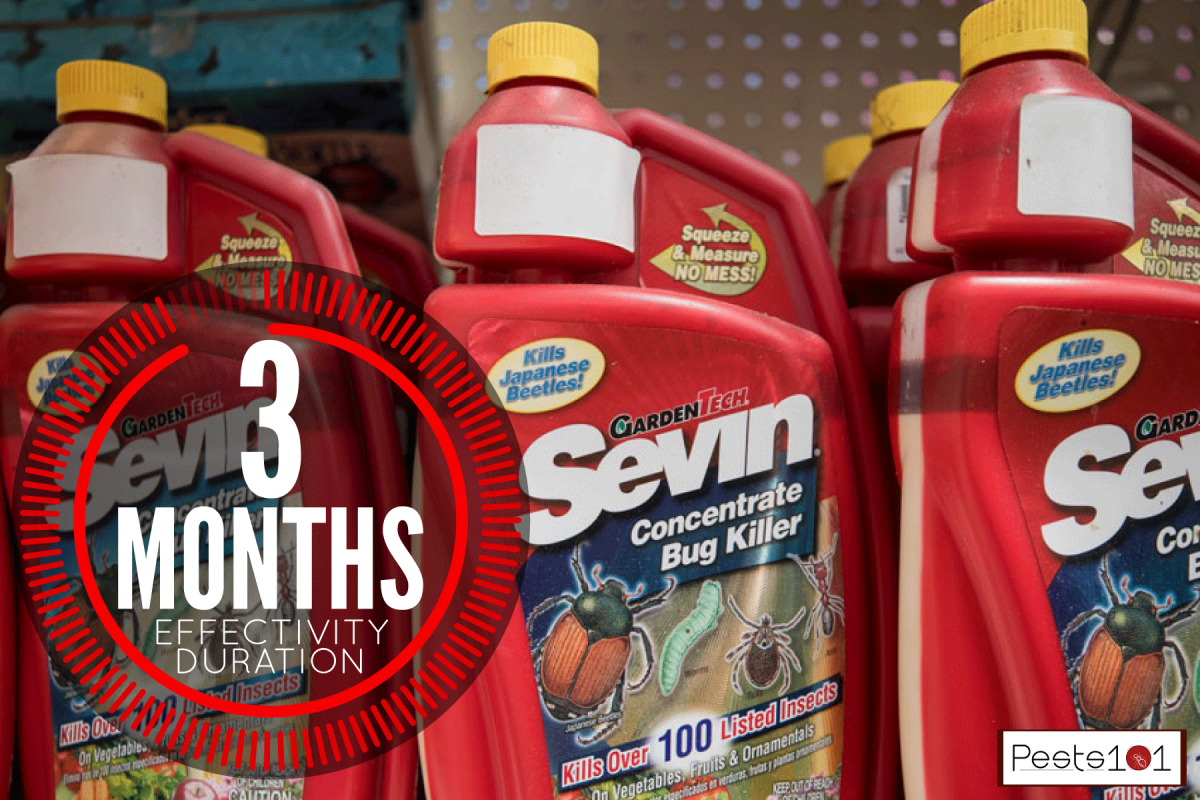
How Long Will Sevin Dust Take To Work?
Sevin dust is also known as Carbaryl. It is a board spectrum powder that can get rid of over 65 species of insects. Additionally, this powder can work as soon as it gets in contact with the insects since Sevin dust is a neurotoxin.
Furthermore, because of Sevin dust's nonselective effects, it can also be fatal to advantageous insects.
While Sevin dust has instant effects, it may take a few days or even weeks to see optimum results. And before evaluating whether Sevin dust has had the desired effect, allow it ample time to take action on the whole population of infesting insects.
Luckily, you won't have to put too much effort into using Sevin dust. You will notice the effects almost immediately with just as simple as sprinkling it to your precious plants.
In addition, you don't have to combine Sevin dust with any insecticides, soil, or liquids for its application. Shaking it straight onto the pest-affected areas is already enough to assist it taking hold.
What Is The Most Effective Way To Apply Sevin Dust?
Sevin dust is a non-systemic insecticide, which indicates that the plant can not take the chemical into its petals, foliage, or elsewhere, and this factor can affect your plant's health.
As you know, those damaging insects are not the only ones that interact with your garden plants.
Keep in mind that your plant's physical interactions are not limited to destructive insects. If you use the dust in places other than those listed below, you risk endangering the beneficial insects that pollinate and nurture your garden.
- At the base of the stems
- At the top or bottom of the infested leaves
Don't be too concerned if the dust gets on the foliage. Just tap the leaves to remove the dust from the plant.
It would be best to sprinkle more dust during dry temperatures to ensure continuous protection against harmful insect populations, as rainy days can flush the dust away, making your plants vulnerable. You must do it before watering and wait at least a week between applications for the same reason.
Check out this Sevin dust on Amazon.
How To Avoid Inhaling The Sevin Dust?
When applying Sevin dust, it is only natural that you worry for your and your family's safety. But, you don't have to be anymore. We will give you some tips on avoiding inhaling powdered insecticide.
- After sprinkling the dust on your plants, leave it be for a few minutes to settle.
- As much as possible, do not use Sevin dust on windy days. Doing so will prevent the dust from spreading in the air and landing in an unwanted location.
Although this insecticide has long-term effects, it's vital to be aware that it's most effective when used early in an infestation. If you wait too long after detecting the initial insects, the situation may aggravate as the population grows.
It will make it much more challenging to determine where the insects are causing harm to your plants. Furthermore, the possibility of the dust being applied to the wrong places or not all infested areas is substantially higher can limit the dust's effectiveness.
When Should I Water After Using Sevin Dust?
It would be best to water your plants before you plan to use the Sevin dust on them. You don't want to ruin the effectiveness of the pesticide if you expose them to water. Moreover, if you will water them right after putting the Sevin dust, you will just wash away the pesticide making your plants unprotected from these stubborn pests.
If your plants need watering after putting Sevin dust on them, then let the pesticide settle first. You might need to observe the soil, too. Allow a whole day to pass before you water your plants. Unless the day is excessively hot, it is unlikely that your plants may require numerous waterings within the day.
How Often Should I Use Sevin Dust?
As previously stated, you must wait seven days after the initial application to restock your garden with Sevin dust. However, not all gardens are similar, and some may require far less Sevin dust than others. Before applying another coating of the dust, keep an eye on your garden and note the appearance of any harmful insects.
We suggest you follow the tips below so that you can ensure your application is as beneficial as possible:
1. Sprinkle Dust in the Morning or Even Hours Before
The wind is calm every morning, so it would be best to apply the Sevin dust during this time. It is indeed the ideal time for correctness and safety in your application.
Furthermore, because beneficial insects are usually most active during the day, this reduces your chances of accidentally killing them.
2. Check that no rain is expected for the next 24 to 48 hours
Verifying this situation will prevent the Sevin dust from being rinsed away.
You can determine the frequency of treatment by the needs of your garden and the presence of damaging insects. To achieve the most outstanding results, cautiously monitor your plants and follow the label's directions.
What Are The Potential Hazards Of Using Sevin Dust?
Sevin dust intended to get rid of those destructive insects. However, its active ingredient, Carbaryl, poses a serious hazard to domestic animals and us humans. The dangers of this insecticide are why it would be best to follow the product's instructions, or it would help to ask for an expert's advice.
There are three labels pesticide manufacturers use to denote the product's toxicity.
- CAUTION- means that the product is slightly toxic
- WARNING- means the pesticide is moderately toxic
- DANGER- implies that the product is highly toxic
It will immensely help if you are aware of knowing these toxicity levels. Especially that inhaling Carbaryl or coming into physical touch with it might have a variety of side effects, and they are:
Acute Effects Of Carbaryl
- You can experience continual vomiting
- Nausea
- In worse cases, a coma might take place
- Skin and eye irritation might occur
- Convulsions
- Blurred visions
- Contraction of the bronchus and other respiratory problems might occur
- Impaired central nervous system (CNS) functionality
Chronic Effects Of Carbaryl
- Continuous headaches
- Muscles weaken, and cramps
- Memory loss might take place in the worst cases
- Worst cases might also include anorexia because of the cholinesterase inhibition
- It might lead to liver health and adverse kidney effects
It's worth noting that you can reverse these problems if you address the underlying causes as soon as possible.
Wrap It All Up
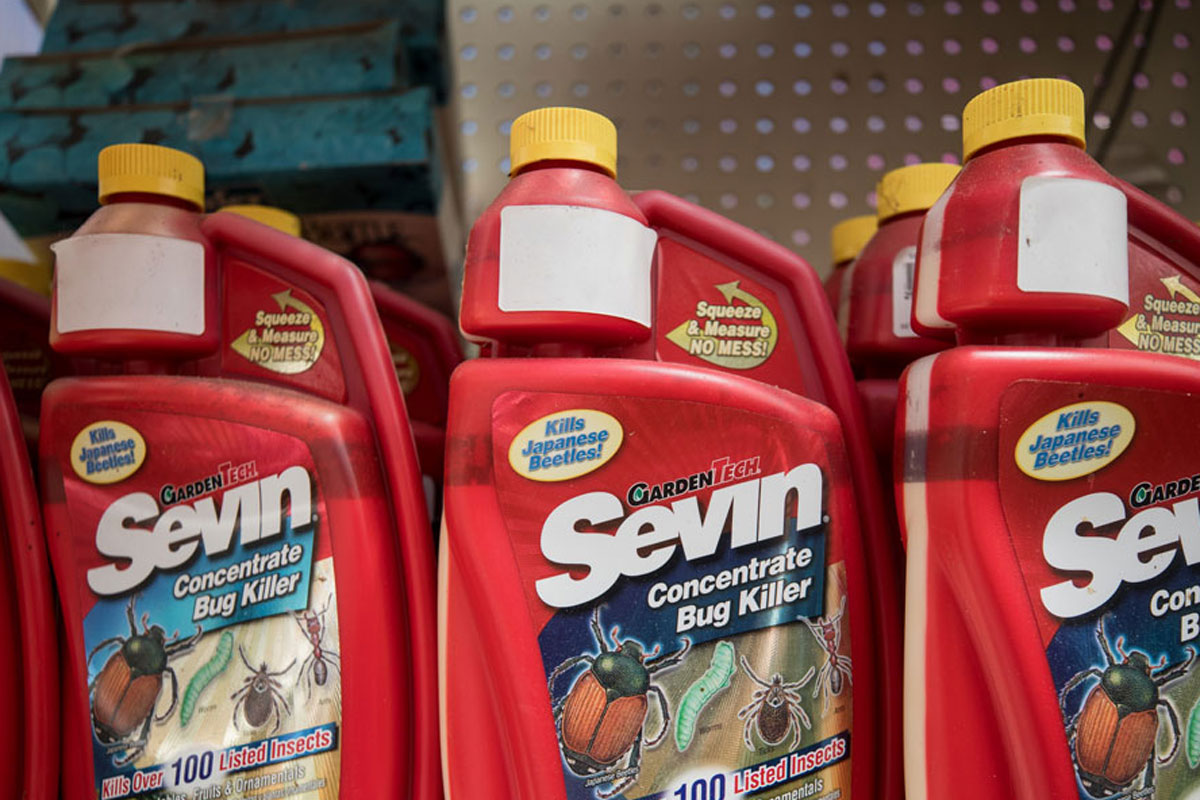
One of the most efficient pesticides available nowadays is Sevin dust. It's a fast-acting neurotoxin that starts working on hazardous insects almost immediately after physical contact. It will work for up to three months after application. However, contact with water will significantly impair its potency.
We hope you find this post enjoyable to read. If you wish to continue reading, you can visit our website, or you might want to check the articles below. Additionally, if you have further questions, you can leave a comment below, and we'd love to answer you.
Can You Mix Sevin Dust With Water? [And How To]


